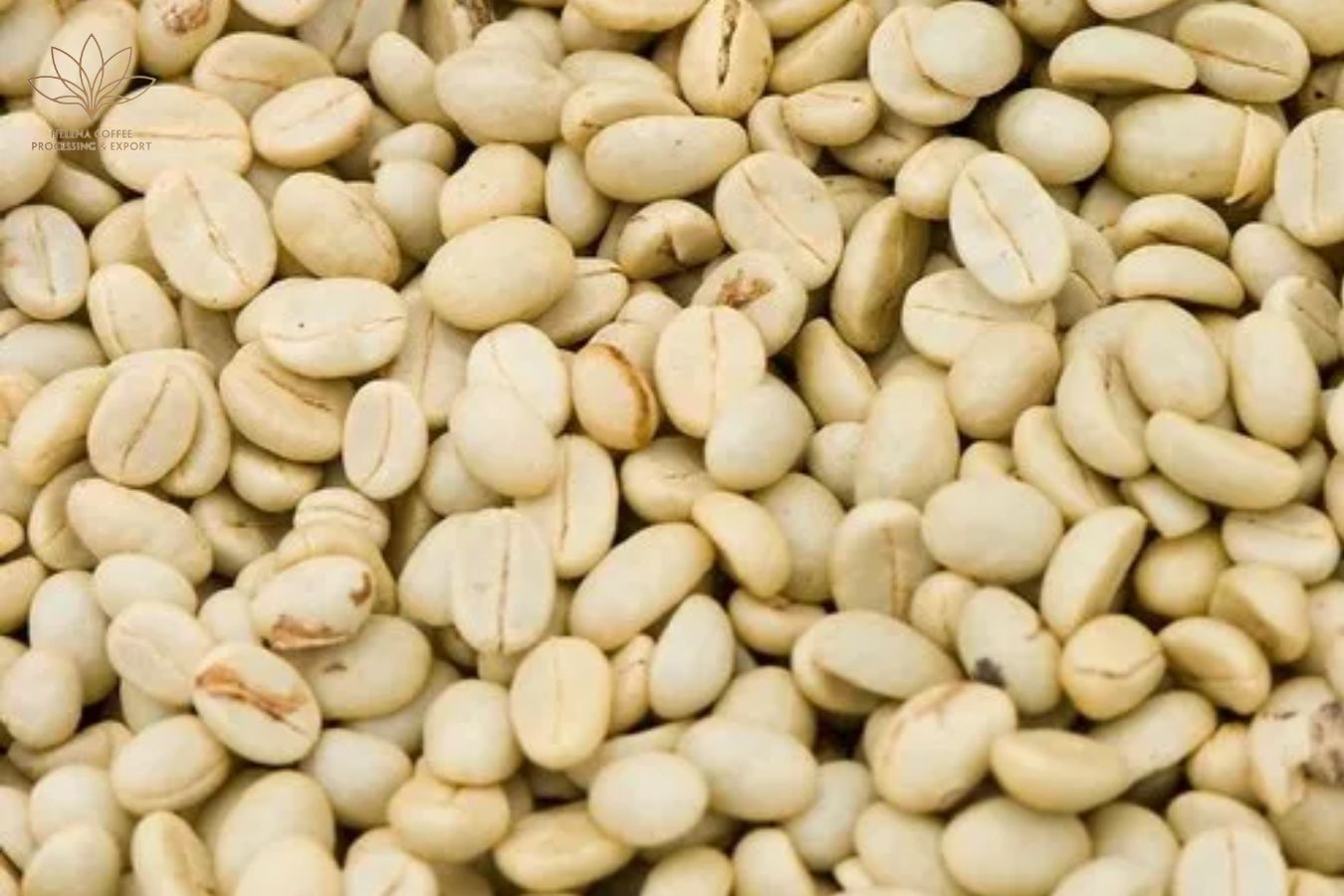
What is white coffee? Reveal the mystery of this unique beer
Coffee, in its many different flavors and blends, continues to captivate coffee enthusiasts around the world. Among the many variations of coffee, there is one that often surprises and intrigues many people – white coffee. How is it different from the traditional black coffee we are familiar with? In this comprehensive exploration, we’ll delve into the world of coffee, exploring its origins, unique characteristics, and how it’s carved out its place in coffee culture.
Basics of white coffee
Knowledge

Contrary to its name, it is not about the color of the coffee. Instead, it refers to the coffee beans used for the preparation. White coffee is made from lightly roasted coffee beans. Roasting is intentionally stopped before the beans reach the traditional medium or dark roast. This results in coffee beans that are pale, almost beige or yellow in color.
Roasting process
The key to what sets white coffee apart is the roasting process. Unlike regular coffee which has to go through various degrees of roasting to develop flavor, white coffee beans are barely roasted. The roasting time is significantly shorter, preserving most of the original flavor of the beans and retaining the high caffeine content.
Origin
To appreciate the appeal of white coffee, it is important to explore its origins and how it emerged as a unique coffee variant.
-
Middle Eastern origin
White coffee probably originated in the Middle East, especially in countries like Yemen and Saudi Arabia. Here, it is called “Ghawa” and it has been a traditional drink for centuries. Lightly roasting coffee beans and ground to a fine powder or coffee powder is part of the Middle Eastern coffee culture.
-
The Legacy of Simplicity
coffee white represents simplicity in preparation. In the Middle Eastern tradition, it is often brewed by mixing fine coffee powder with hot water, creating a beverage that is lighter and less acidic than darker coffees. The resulting beer is prized for its unique flavor and caffeine effects.
Characteristics
Now that we have demystified the basics and origins of white coffee, let’s explore its distinct characteristics that set it apart from the coffee we usually enjoy.
-
Light flavor profile
White coffee boasts a lighter and delicate flavor compared to darker coffees. The light roasting process helps preserve the bean’s natural flavor, creating coffee that is less bitter and acidic. This makes it a great choice for those who prefer a milder coffee flavor.
-
High Caffeine content
One of the outstanding characteristics of white coffee is its high caffeine content. The minimal roasting means these beans retain more caffeine, making white coffee an ideal choice for those looking for a strong caffeine hit without the harsh bitterness of other varieties. darker roast.
-
Multipurpose preparation
coffee can be prepared in a variety of ways to suit personal preferences. It can be made like a traditional hot beverage by adding hot water to coffee powder. Additionally, it can be used as an ingredient in cold brews, latte or even desserts, adding a unique twist to familiar recipes.
Brew and prepare white coffee
To truly appreciate coffee, it is essential to understand how to brew and prepare it properly.
Make coffee
Making coffee is a simple process. Here is a basic method:
- Ingredients : You will need white coffee powder and hot water.
- Measurement : Use about one to two tablespoons of white coffee powder per 6 ounces of water, although this amount can be adjusted to taste.
- Boiling water : Heat water to just below boiling point (about 200°F or 93°C).
- Mixing : Put white coffee powder in a cup and pour hot water on top. Stir until powder is completely dissolved.Creative Variations
The versatility of coffee extends to many creative ways of preparing it. Some common variations include:
- Iced Coffee : Brew as usual and pour over ice for a refreshing cold coffee experience.
- White Coffee Latte : Combine coffee with whipped milk to create a creamy and low-caffeinated latte.
- White Coffee Desserts : Incorporate coffee into dessert recipes, such as white coffee ice cream, tiramisu, or coffee-flavored pastries.
Health considerations
coffee its mild flavor and high caffeine content can be an appealing choice for many coffee lovers. However, it is essential to consider the potential health effects:
- Sensitivity to caffeine: Due to its high caffeine content, people who are sensitive to caffeine should consume white coffee in moderation to avoid side effects such as restlessness and insomnia.
- Acidity: Although less acidic than dark roasted coffee, it can still be troublesome for people with acid reflux or sensitive stomachs. If you’re concerned about acidity, consider adjusting the brew ratio to create a lighter cup.
- Calorie content: Like all coffees, the addition of sweeteners or creamers can significantly increase the calorie content of coffee. Be aware of these additions for those who are watching their calories.
Conclusion
In a nutshell, coffee is a unique and lesser known coffee variant that offers a mild flavor, high caffeine content and rich cultural heritage. Its light roast process sets it apart from traditional dark roasts, making it an attractive choice for coffee enthusiasts looking for something different.
Whether you choose to enjoy white coffee in its traditional form or experiment with creative variations, this pale coffee has earned its place in the diverse coffee world. It serves as a reminder that coffee, in all its forms and concoctions, continues to surprise and delight those who want to discover its rich and varied flavors.
To read more coffee-related information, enter << news >>